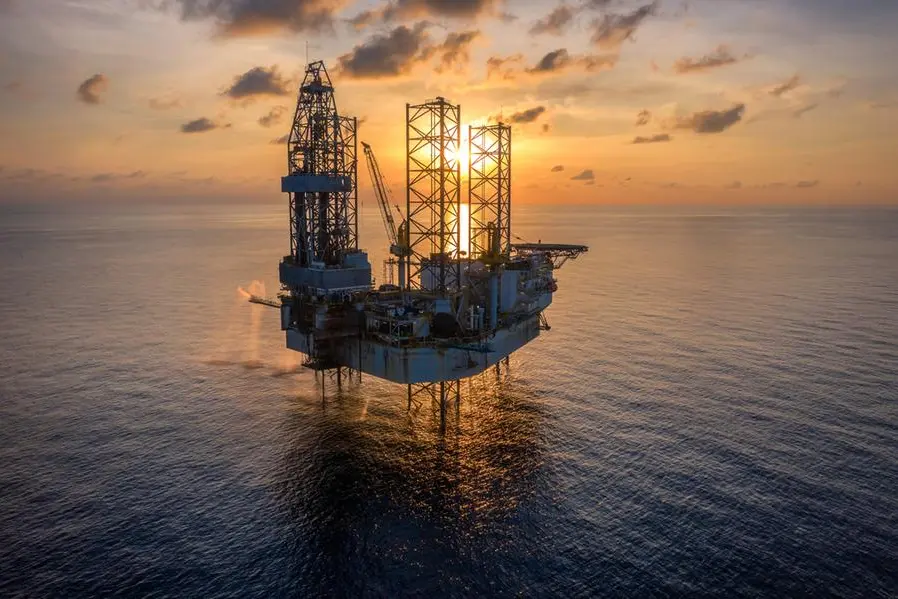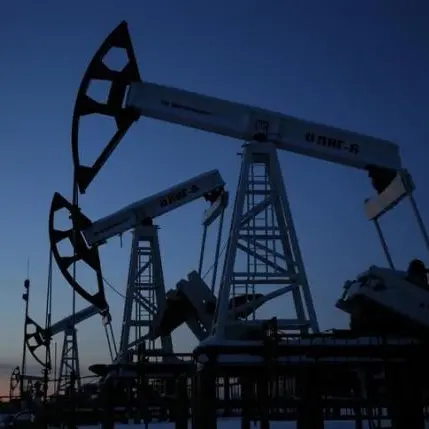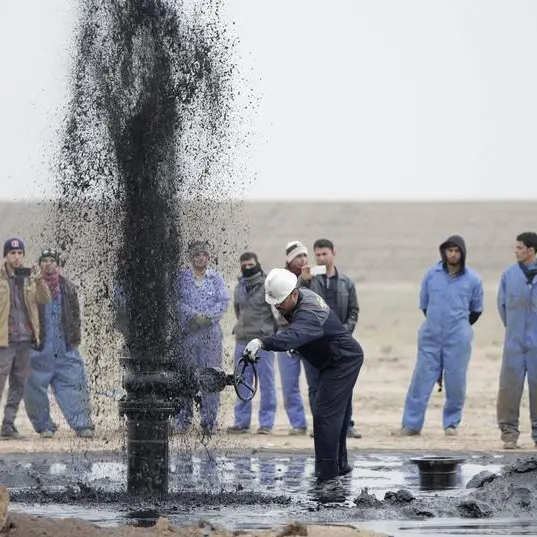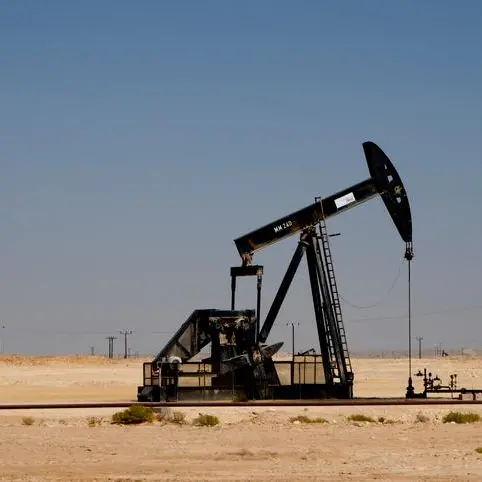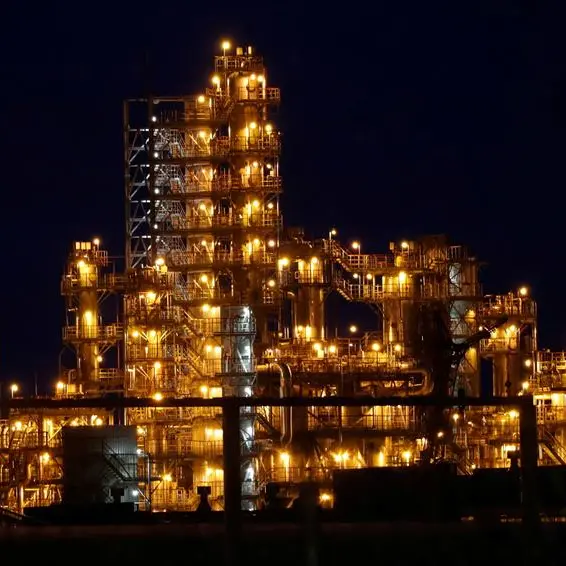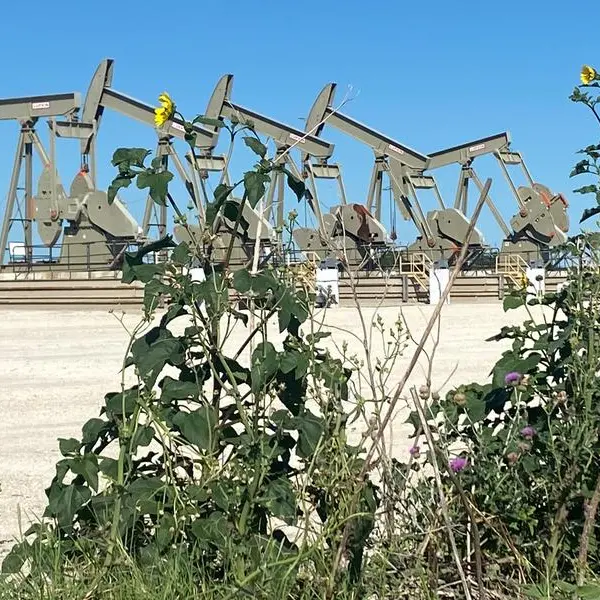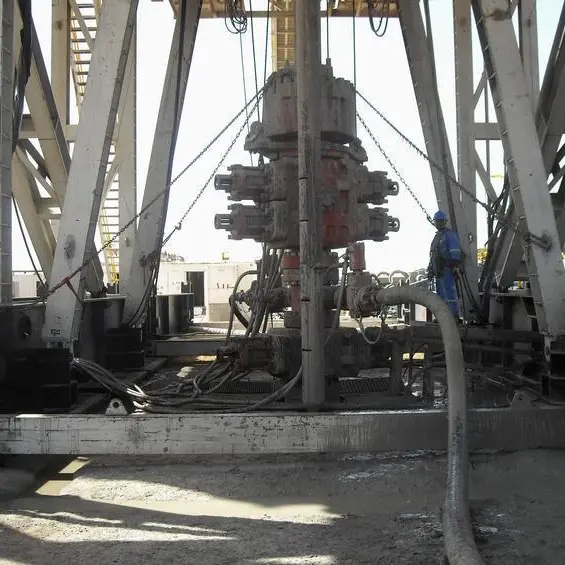PHOTO
Saudi Arabia’s Public Investment Fund (PIF) is expected to again spend big in 2023 to diversify the kingdom’s hydrocarbon-based economy as a record budget surplus provides the financial firepower to further swell its assets under management.
Crown prince Mohammed Bin Salman (MBS) has transformed the PIF since he became chairman in 2015, moving numerous government-owned assets to an entity that now spearheads Saudi Arabia’s efforts to modernise.
The PIF made an annual return of 25% last year, according to its recently published 2021 annual report, while its domestic assets include stakes in Saudi National Bank, Saudi Telecom Company (STC) and ACWA Power.
“The PIF serves as the financial enabler and facilitator of Vision 2030,” said Dr. Robert Mogielnicki, Senior Resident Scholar, Arab Gulf States Institute in Washington. “(Its) strategy seems to be to move as quickly as it can in all directions and see where it ends up. It’s a strategy that's very much still in the process of coming into being.”
Saudi Arabia posted a budget surplus of 149.5 billion riyals ($39.9 billion) in the first nine months of 2022 as a result of surging hydrocarbon revenues, far exceeding its previous forecast for a surplus of 90 billion riyals in full-year 2022. Brent crude hit a 10-year peak in June and natural gas reached a 14-year high in August.
“This makes the operating environment for the PIF much easier. It takes pressure off the governments and sovereign wealth funds, like the PIF, to redirect financial resources into the domestic economy,” said Mogielnicki.
“The PIF is already doing that, but when things are really tight – as they were previously with deficits year after year – there’s much more pressure to scramble for resources to plug budget shortfalls.
“That won’t be the case for the foreseeable future. It gives the PIF more room to operate and direct financial resources into the avenues it wants, whether that's in the domestic economy, across the region or internationally.”
Saudi’s demographics underline why the kingdom must create more jobs. According to a 2016 government survey, 30.4% of the 20.1 million Saudi nationals were under the age of 15. As of June 30, 2022, excluding military personnel, just 3.64 million Saudis had jobs, of which 1.54 million – or 42% - were government employees. Vision 2030 aims for 20% of employed Saudis to be working in the public sector.
The PIF, which did not respond to requests for comment, leads efforts to expand the private sector, launching several companies in the past few months. These include Saudi Downtown Company (SDC), which will build downtown areas and mixed-use destinations in 12 second-tier Saudi cities such as Najran and Jizan.
Another firm, National Real Estate Registration Services Co will create a real estate registration database that will include all property units in the kingdom. Halal Products Development Co will invest in the domestic halal food industry.
Regional Voluntary Carbon Market Co will help businesses transition to net zero carbon emissions, according to the PIF. In all, it has established at least 55 companies since 2017.
“I expect to see more of these kinds of investments,” said Alexis Montambault Trudelle, a PhD candidate at the University of Edinburgh whose research focuses on the PIF.
The fund created 77,000 jobs last year. By 2025, it aims to help create 1.8 million direct and indirect jobs from 2021 to 2025.
The Saudi state long featured a system of segmented power centres - ministries or agencies controlled by different factions of the ruling family. These also had overlapping jurisdictions that often resulted in disputes over economic policymaking.
“With Vision 2030, there's so much at stake for MbS’s regime to deliver and make it a success story. The PIF offers a nice solution to this problem, enabling MbS to circumvent the constraints of the existing fragmented state apparatus to centralize decision making,” said Montambault Trudelle.
“Previously, many big projects have stalled or even failed because of inter-agency disputes, but now the fund is the sole driver of these projects.”
REGIONAL INFLUENCE
On October 26, MBS announced the PIF would launch five companies to invest in Bahrain, Iraq, Jordan, Oman and Sudan. Combined, this quintet will invest up to $24 billion, across various sectors including infrastructure, real estate, mining, healthcare, financial services, food and agriculture, manufacturing and technology.
The PIF, which had $620 billion of assets under management as of March 31, aims to increase this to $1.07 trillion by the end of 2025.
“It's also important from a reputational viewpoint that the PIF’s assets under management continue to grow, so there will be further transfers of financial resources – of equity stakes in companies - to the PIF,” added Mogielnicki.
“The Saudis want to project the notion that the PIF is maintaining steady growth as 2030 nears. To do this, it looks like the PIF is going to be selling some of its stakes in key companies and also pushing for listings of other state-owned assets.”
(Reporting by Matt Smith; editing by Seban Scaria seban.scaria@lseg.com )
